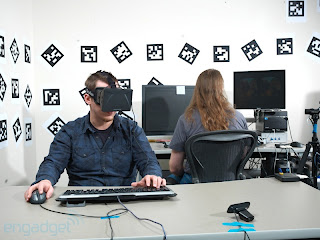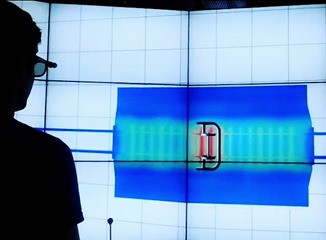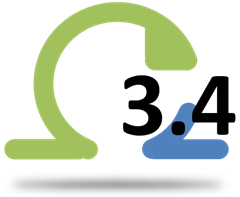omegalib 3.5 released

Major Changes Reorganized source: all c++ and python examples are now under /examples . ( 3.5.1 ) omicron and omegalib use double precision math by default. omega Improvements to python API Camera.focusOn clip plane control ( 3.5.1 ) fixes to SceneNode ? bounding box NodeComponent ? API slightly changed to support more functionality for objects attached to scene nodes. (3.5.1) ImageUtils::loadImageFromStream() (3.5.1) Keyboard service generates button left/right/up/down events when keyboard arrows are used. omegaOsg fixed bounding box generation fixes to clipping ( 3.5.1 ) Added auto near / far Z computation toggle ( :setautonearfar [on|off] ) ( 3.5.1 ) Added support for PagedLOD and DatabasePager ? ( 3.5.1 ) FBX support can be optionally disabled omegaVtk re-added support for vtk python scripting added support for vtk lights. added support for depth peeling cyclops Context menus can be attached to entities using a simpler API that



